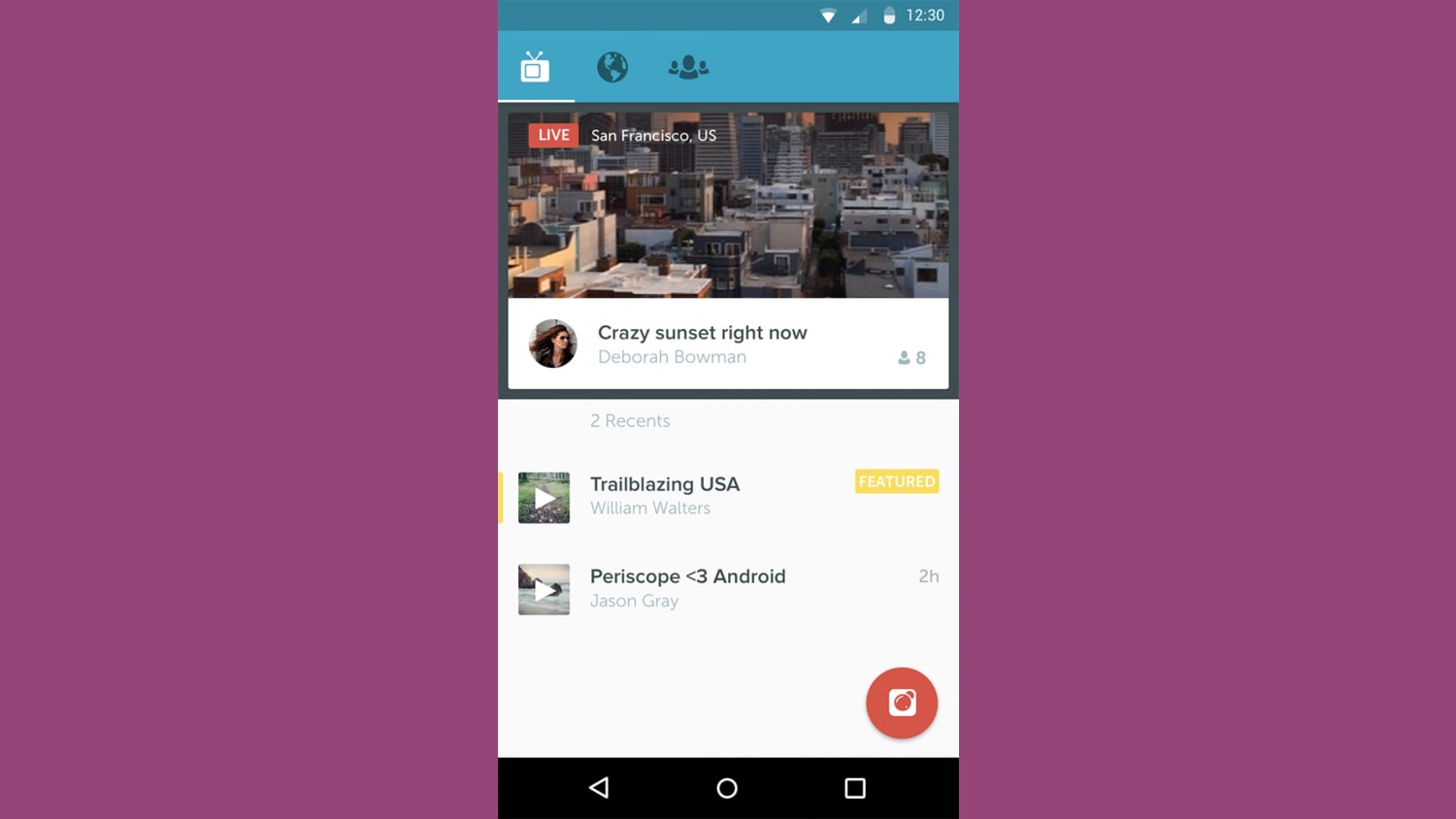With the November launch of live video on Instagram, publishers now have yet another tool to add to their live-streaming arsenal. This year, events like the US presidential debates drove viewers to live streams in unprecedented numbers, while brands began to experiment with the space—many of them for the first time.
There’s even more on the horizon for next year: Twitter has begun rolling out a feature that makes live streaming easier, pushing its integration with Periscope deeper into the center of the platform’s experience. Platforms are also beginning to support live 360° videos. According to MarketsandMarkets, the live video streaming market is expected to grow to $70 billion by 2021, from $30 billion in 2016.
Over the past year, the usage of live video has changed dramatically. Facebook Live opened to the general public in April. Since then, the number of users broadcasting at any given moment has quadrupled, according to the company. Live videos also receive 10 times more viewer engagement than regular videos. Due to its built-in user base, Facebook Live has also attracted a fair deal of creativity and attention from brands. The year’s top live brand video in the UK featured live giveaways, a scavenger hunt, live fitness classes and more. Brands even began experimenting with live ads, including Carl’s Jr., who created live ad experiences on Twitch.
Across platforms, live streams are becoming more sophisticated. E! News features live-streamed shows that are nearly indistinguishable from the network’s traditional content, and even produces sponsored live streams that begin to monetize the platform. A November stream of a Tough Mudder event, featuring multiple camera angles and drone shots, racked up close to one million views.




